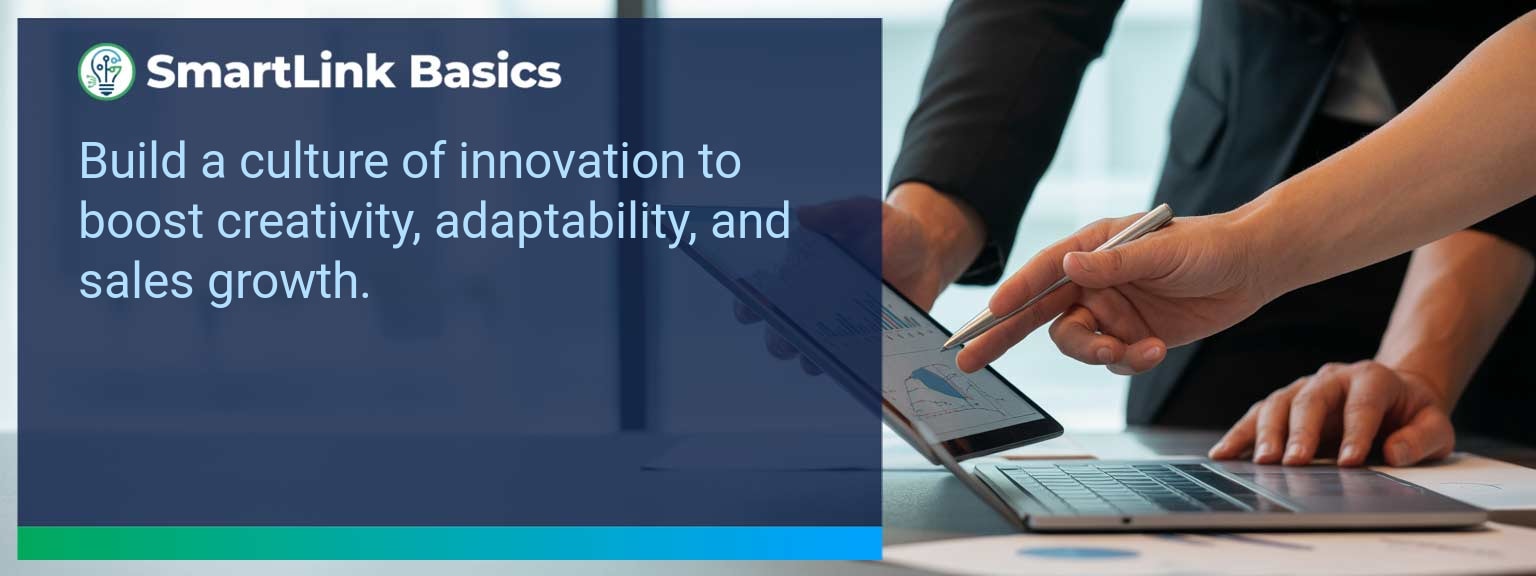Revenue growth often hinges on a sales leader’s ability to detect and act on the underlying motives that influence buyer behavior. At SmartLink Basics, we equip sales leaders with frameworks to identify these drivers and translate them into predictable wins. Customer needs are rarely limited to the obvious; they are shaped by emotional triggers, trust factors, and the nuances of perceived value. This article details how sales leaders can uncover hidden motivations, strengthen relationships, and accelerate sales performance. By applying structured leadership techniques, you’ll gain replicable tools to boost sales strategy execution and elevate team performance.
- Map customer decision drivers beyond surface needs.
- Train sales teams to detect emotional and practical triggers.
- Build trust through transparent, tailored engagement.
- Use structured coaching to embed motivational insights into deals.
- Track performance impact using both qualitative and quantitative metrics.
Identifying The Hidden Drivers Of Customer Decisions
Experienced sales leaders know that most customers make purchasing choices based on a blend of logic and emotion. Understanding the mix requires targeted questioning, active listening, and disciplined follow-up. Too many teams focus only on budget, authority, need, and timing, missing the human factors that truly guide commitment.
For example, a procurement manager may hesitate not because of pricing but due to perceived implementation risks. Recognizing such hidden concerns enables precise messaging that reduces friction. A structured discovery framework aligned with sales management routines ensures these drivers are identified early.
To operationalize this, embed motivation-mapping tools into your sales coaching programs. This will improve sales team performance by creating a habit of connecting value to the customer’s larger objectives.
Leadership Approaches To Boost Trust And Motivation
Trust is the foundation that allows motivational selling to work. Even when the value proposition is strong, customers commit faster when they trust the seller’s intent and competence. Leaders must model this in every interaction, reinforcing it across the sales strategy and daily cadence.
One effective approach is to create joint planning sessions with customers. These sessions reveal their benchmarks for success, allowing your team to align deliverables accordingly. This is particularly valuable in complex sales management situations where buying committees are involved.
Integrating empathy-focused role-play into sales coaching ensures representatives practice reading emotional cues. Over time, this builds relationships that can weather pricing discussions and competitive offers without eroding confidence.
Measuring The Impact On Sales And Relationships
Sales leadership requires linking insights to measurable outcomes. Tracking only lagging indicators like closed revenue misses key opportunities to adjust early. Use a mix of leading, lagging, and qualitative metrics to gauge the effect of motivational selling.
For instance, measuring stakeholder engagement depth can signal growing trust well before contracts are signed. Adding customer sentiment scores to dashboards ensures the leadership team acts before a deal stalls.
| Category | Metric | Definition | Target |
|---|---|---|---|
| Leading | Motivation Insight Capture Rate | % of opportunities with documented customer motivation notes | 90%+ |
| Lagging | Close Rate Lift | Change in win percentage post-implementation | +8% minimum |
| Quality | Customer Trust Index | Survey-based trust score | 8/10 average |
Evolving Leadership Strategies For Sustained Success
Customer motivations shift with market conditions, competitive pressures, and internal priorities. Sales leaders who regularly reassess and evolve their approach maintain a performance edge. This means revisiting segmentation, updating plays, and ensuring that leadership skills remain aligned to current buyer realities.
Embedding this review into quarterly business planning brings customer intelligence into the core of sales growth strategy. Over time, it builds a culture where insight-driven selling becomes second nature for the entire team.
Get the 90-day plan, coaching rubric, and dashboard template to operationalize AI in your enablement program.
Lead With Intent: Translate Motivation Into Measurable Outcomes
Focusing on customer motivations equips sales leaders to steer their teams toward stronger, trust-based engagements and measurable performance gains. The strategies here offer practical steps to embed these insights into daily sales operations and long-term leadership planning. To expand your capability and maintain competitive advantage, Get more Sales Leadership insights from SmartLink Basics.









